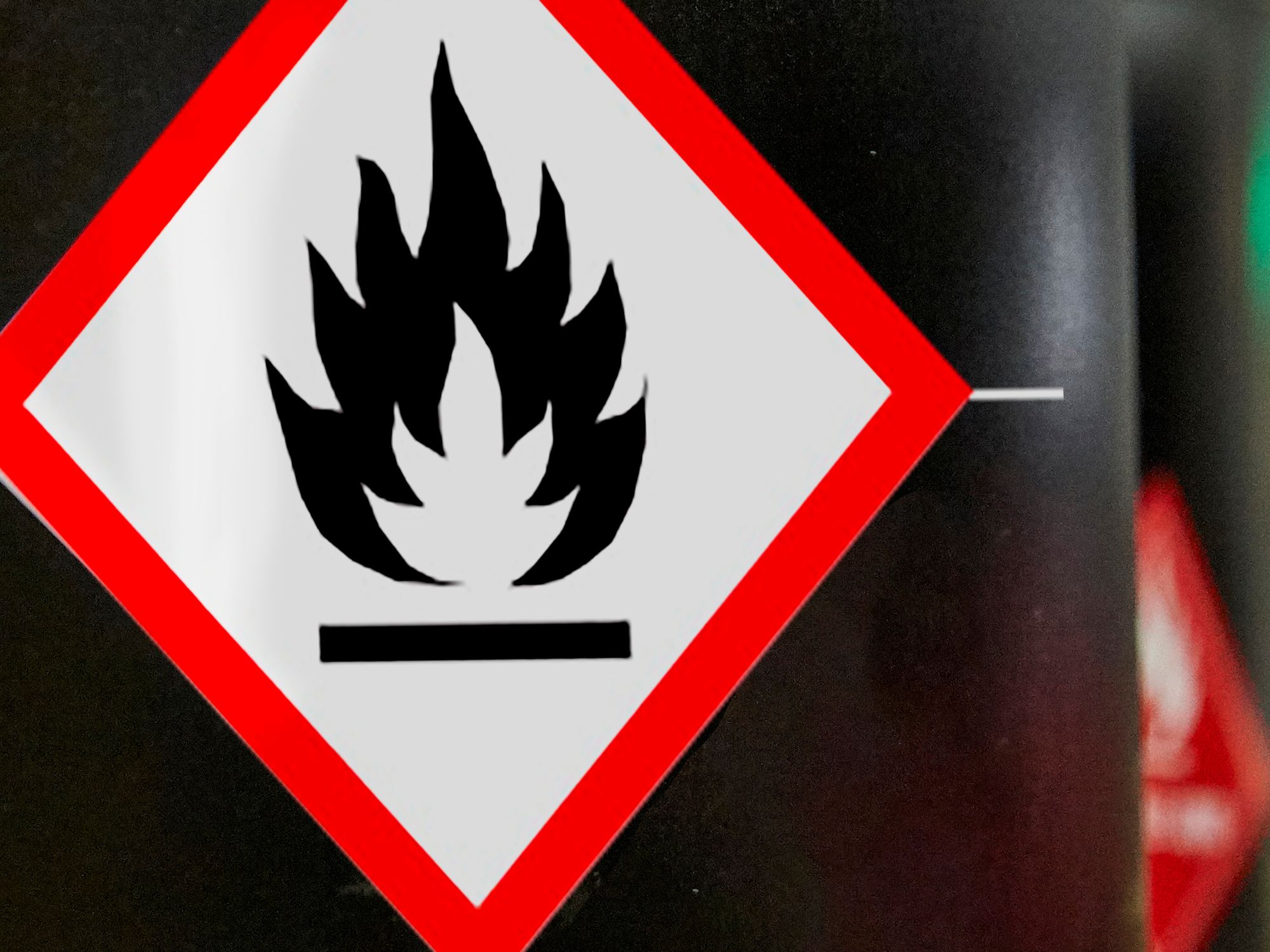Hazard class and category

- Classify substances by “Hazard Classes” and assign a “Category” for severity.
- Hazard classes are further sub-divided into hazard categories.
- Low hazard categories mean higher severity in a class.
OSHA requires that these parties evaluate and classify each substance using pre-determined “Hazard Classes” (e.g., “flammable gas”). After that has been done, the manufacturer or importer must then assign a “Category” to show severity of the hazard.
OSHA uses “hazard class” and “hazard category” to further break down the hazardous effects of chemicals or mixtures into levels of severity. OSHA does not classify nor approve of classification of chemicals.
OSHA says that the breakdown of hazard classes into categories that reflect different severities or levels of effect will provide both employers and employees with more precise information to:
- Understand the hazards,
- Determine the risks in the workplace, and
- Respond to exposure incidents.
A “hazard class” is defined as “the nature of the physical or health hazards, e.g., flammable solid, carcinogen, oral acute toxicity.” Most hazard classes are further sub-divided into categories of hazard.
The definitions of the physical or health hazard classes are specific and detailed. Each hazard or endpoint (e.g., explosives, carcinogenicity) is a hazard class.
The definition of “hazard category” is the division of criteria within each hazard class that compare hazard severity within a hazard class and should not be taken as a comparison of hazard categories more generally.
The lower the category number, the higher the severity within that class (for example, a Category 1 flammable gas is more flammable than a Category 2). Depending on the class, there can be up to five categories.
The HazCom standard includes the classification criteria for 11 health hazard classes. In many cases, a chemical may pose more than one type of health hazard.
OSHA’s guidance on determining health hazards can be viewed in Appendix A to 1910.1200, Health Hazard Criteria.
OSHA’s guidance on determining physical hazards can be viewed in Appendix B to 1910.1200, Physical Criteria.
